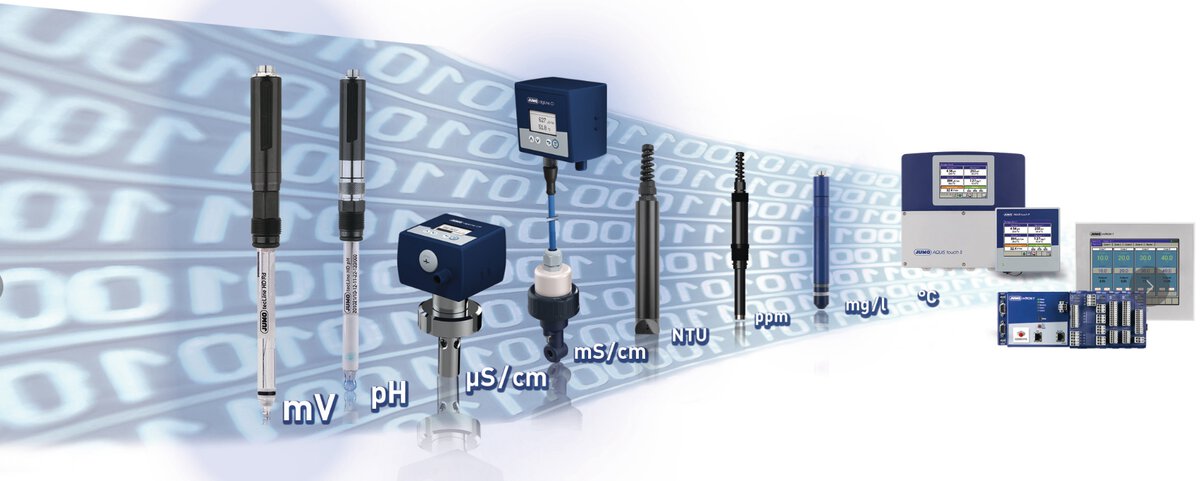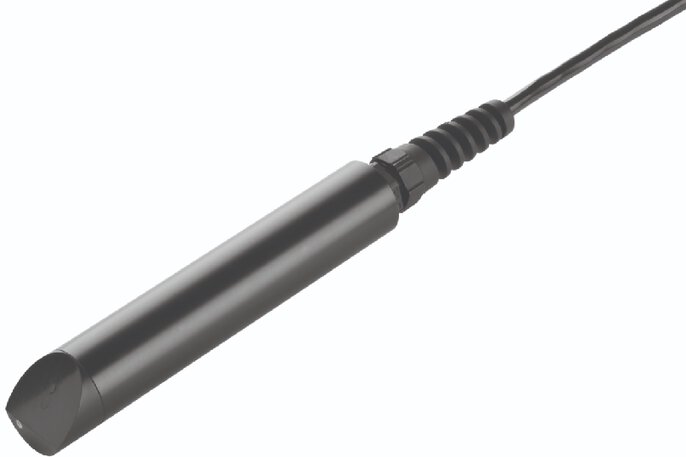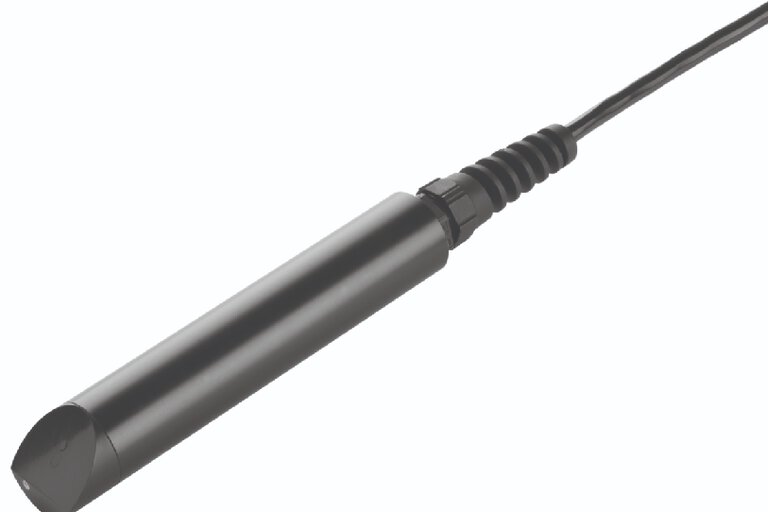

How to clean the turbidity sensor? Step-by-step instructions
In many industrial applications, like water turbidity measurement accuracy is critical. In this blog post, we will focus on the importance of regular cleaning of a turbidity probe such as the JUMO ecoLine NTU digital turbidity sensor. You will find out why cleaning is so important to prevent measurement errors, learn practical tips for cleaning the probe and read about self-cleaning fittings that can make it easier to keep the probe clean, especially under demanding conditions. We look forward to reading!
Why is cleaning the turbidity probe important?
The basis for reliable turbidity measurements is to keep the probe in very good condition.
The importance of regular cleaning for measurement accuracy:
- Prevention of measurement errors: Dirt on the lens or other parts of the probe can seriously affect the measurement results. Even small deposits can change the way light is scattered or transmitted through the sample, leading to incorrect readings.
- Calibration: regular cleaning is essential to maintain the correct calibration of the instrument. Neglected cleaning can lead to the need for more frequent calibrations, which is time-consuming and costly.
- Long-term accuracy: Keeping the probe clean ensures long-term performance and accuracy, which is essential in environments where precise measurements are critical.
Cleaning the Turbidity Sensor Step by Step
Turbidity probes, such as the JUMO ecoLine NTU digital turbidity sensor, are often made of durable plastic, which, however, requires special attention during cleaning. During the cleaning process, we recommend using soft materials such as lint-free cloths or soft sponges. This is important to avoid scratching the surface of the probe, especially its optical windows, which are crucial for measurement accuracy. It is also necessary to use gentle cleaning agents – aggressive detergents or cleaning agents can damage the plastic surface and internal components of the probe.
Turning Off and Dismantling the Probe:
- Make sure that the device is turned off and disconnected from the power source.
- Carefully dismantle the probe, if required, in accordance with the operating instructions.
Thorough Cleaning of the Sensor:
- Gently wipe the surface of the sensor with a soft, lint-free cloth or soft sponge.
- Remove organic deposits (such as biofilm or silt) using warm soapy water and a soft sponge. Calcium deposits can be removed by immersing the probe in a hydrochloric acid solution (max. 5%) for a few minutes.
- Apply the liquid to the cloth, not directly to the sensor.
Maintenance and Storage:
- Regularly clean the area around the probe's optical windows to avoid measurement errors.
- If the probe is not in use, rinse it, prepare it for storage, and apply the included protective cap.
Optional Self-Cleaning Fixture
The optional self-cleaning fixture is a significant convenience in maintaining the JUMO ecoLine NTU turbidity probe's cleanliness, especially in conditions where there is a risk of rapid contamination, e.g., in sewage. The fixture is equipped with a water or air flow system, which effectively helps in removing deposits from the surface of the probe. Despite these advanced solutions, regular monitoring and, if necessary, manual cleaning of the probe are still recommended to ensure the highest measurement accuracy and long-term operation of the device.

The JUMO ecoLine NTU water turbidity sensor has 4 measuring ranges: 0 to 50 NTU; 0 to 200 NTU; 0 to 1000 NTU; 0 to 4000 NTU. The operating principle is based on scattered light measurement (90°). Used for measuring the turbidity of drinking, process and utility water
How often should an optical turbidity sensor be cleaned?
The frequency of cleaning an optical turbidity sensor such as the JUMO ecoLine NTU depends on several factors, including the operating conditions and the type of liquid being measured. In environments where there is a high concentration of sediment or where the measured liquid contains high levels of organic matter, more frequent cleaning may be necessary. It is usually recommended that the sensor is regularly serviced on a weekly or monthly basis, depending on the intensity of use and environmental conditions. The optical windows of the sensor should always be clean and free of debris to ensure the accuracy of the measurements. If any deposits are detected, the sensor should be cleaned immediately using gentle methods to avoid damage to the sensitive optical components. Remember also that regular cleaning and maintenance not only ensures the accuracy of the measurements, but also extends the life of the device.
About the author
My name is Ewelina Szmit and I have been working in the field of content marketing for several years, combining my professional skills with my passion for writing. I believe that even the most technical topics can be presented in a way that is interesting and accessible to everyone. Outside of work, I develop my creativity by making newspaper collages. I like to spend my free time most actively, walking my dog or running.

Technical specialist
Jakub Dąbrowski - Inside Sales Engineer +48882351471 Jakub.Dabrowski@JUMO.net +48882351471Comments
We encourage you to leave your comments via the form below. They will be posted online once they have been approved through our review process.


